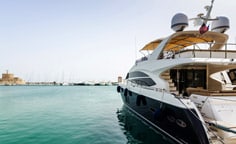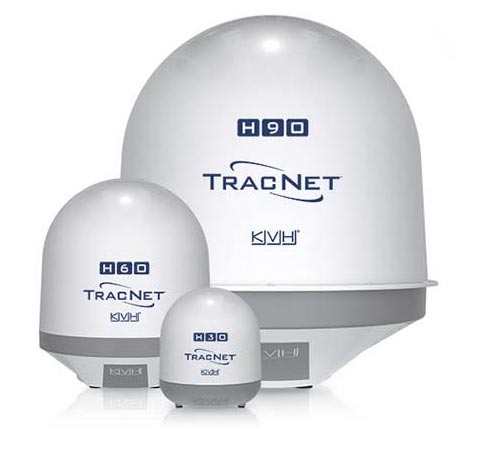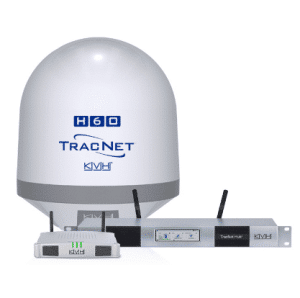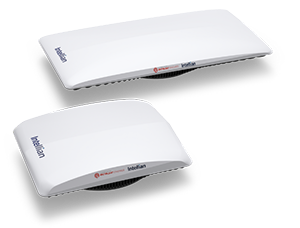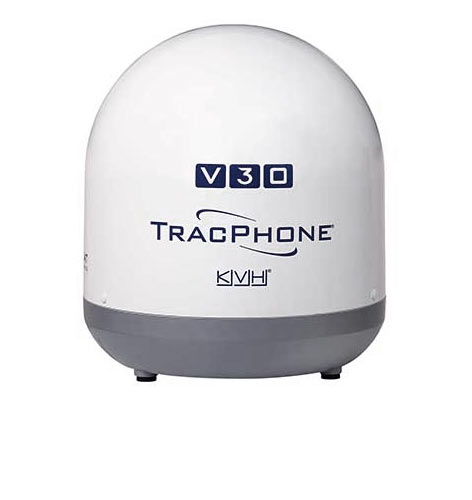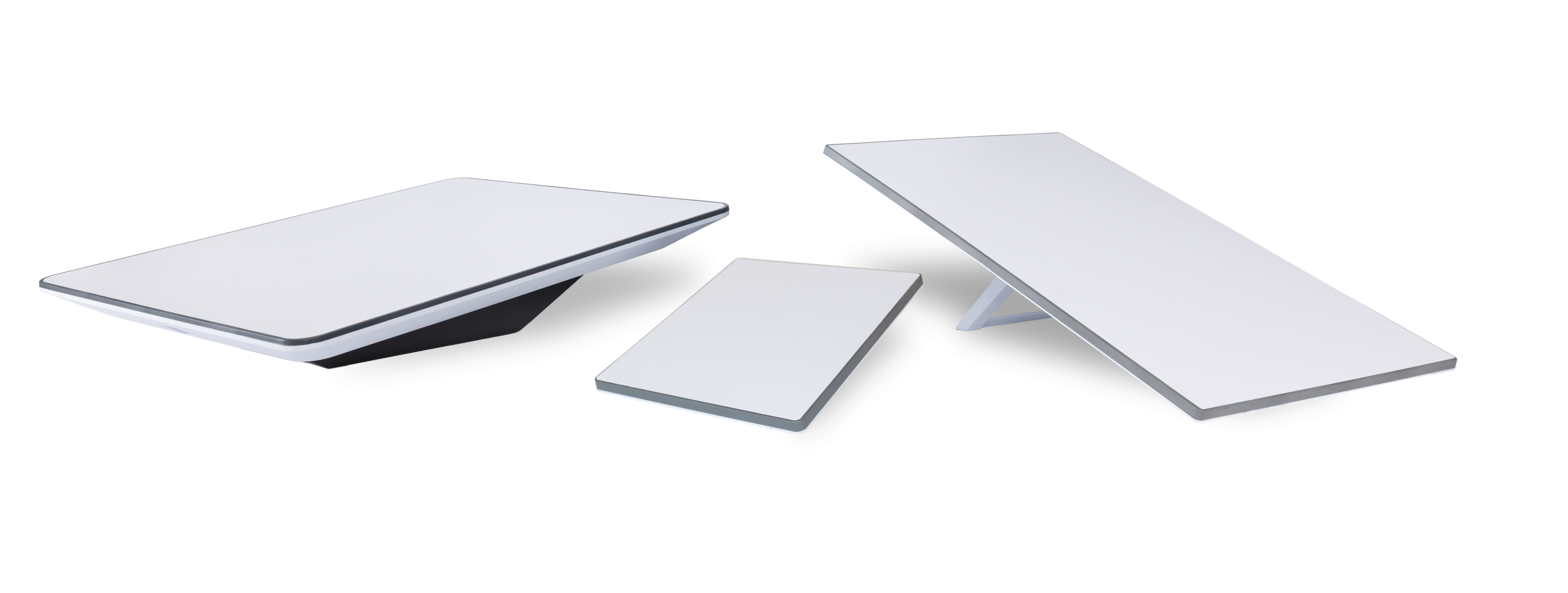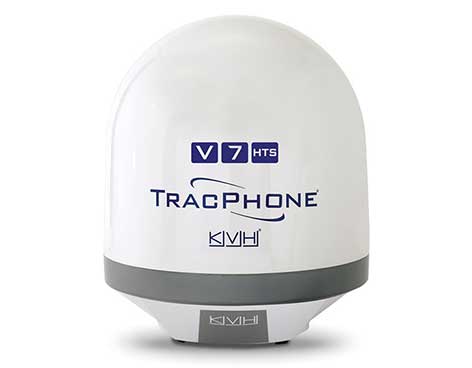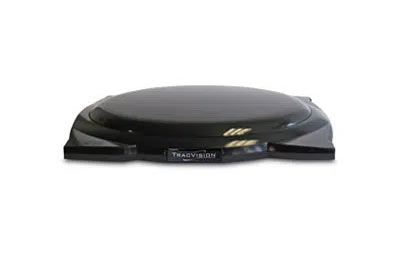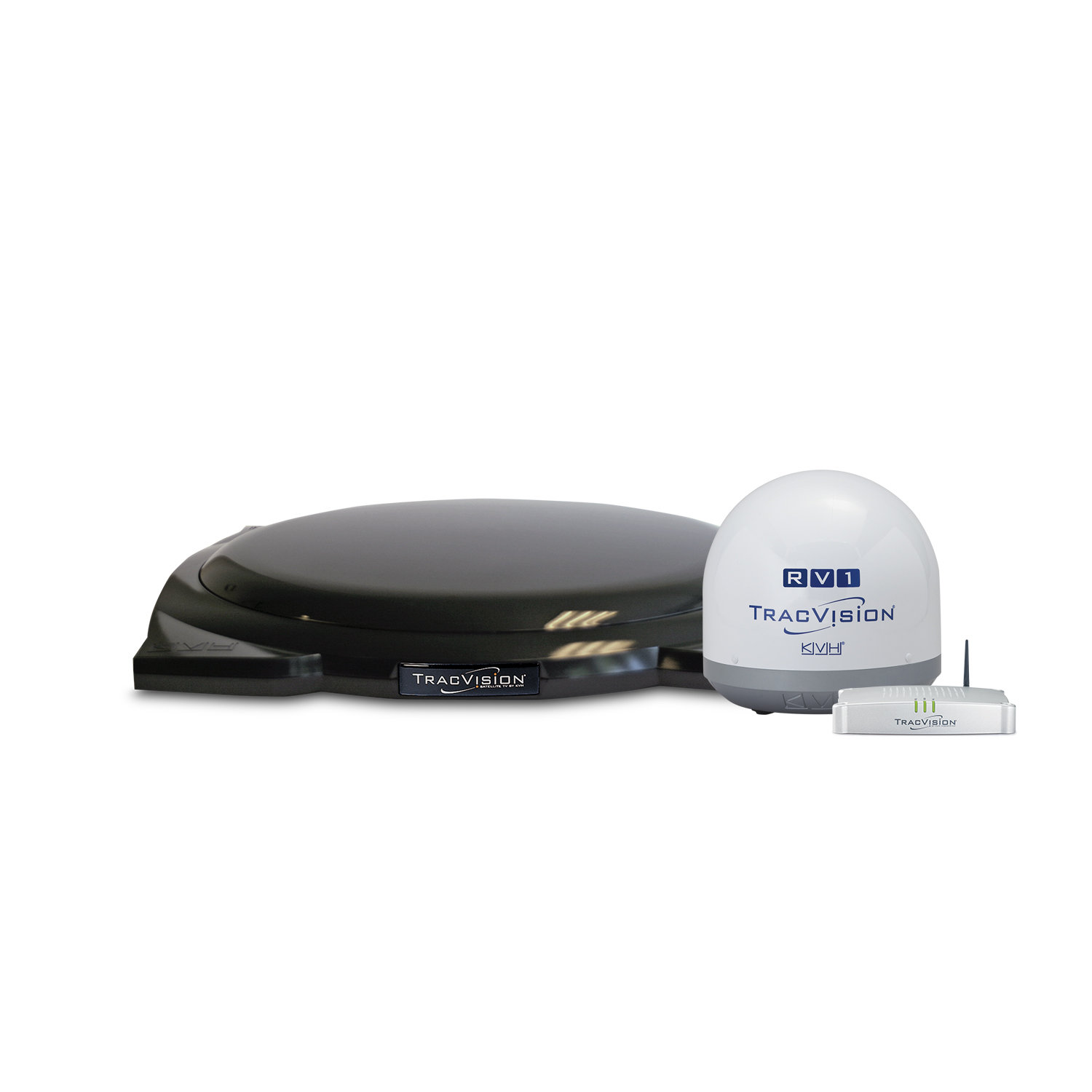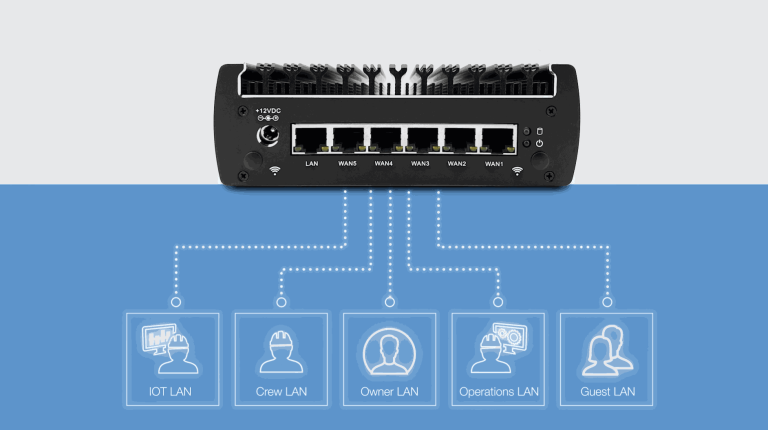5 Questions with Steve Gorman, Field Service Engineer, Super Yacht Americas Sales
Cellular service has enabled mobile Internet and streaming for years but the rise of 5G has made it even more appealing, especially to boaters as 5G coverage range has increased. We spoke with Steve Gorman (Field Service Engineer, Super Yacht Americas Sales) about what he’s seeing in the world of 5G for boats.
1. What benefits does cellular provide to the individual boat owner?
With cellular, I think the biggest benefit right now is that with 5G, it can actually be faster than low earth orbit (LEO) services like Starlink and OneWeb. It’s very cost-effective, especially when you’re along the coast or inshore. The performance is great, so both cost and performance are better in the long run. And as LEO service move away from free, deprioritized data after you use your monthly plan, 5G offers a very cost-effective way to stay connected while saving your SATCOM data for offshore use.
2. What speeds would you typically expect to get with a TracNet Coastal 5G/Wi-Fi system?
On average I’m seeing about 280 and 300 megabits per second (Mbps) on the download side, and on the upload side it varies between 40 to 80 Mbps. But I’m mostly in the 60 to 80 Mbps upload and 300 Mbps download. So it does work very well.
I do play with it in different areas, I have a TracNet Coastal running in my truck while I’m traveling between meetings and I’ll occasionally do speed tests. When I’m outside the city, I get the lower speeds. I get about 120 – 150 Mbps download, and 10 – 15 Mbps upload. But that’s still dramatically better than a lot of LEO services, and once I go back near a metropolitan area, I go right back up to the higher speeds.
5G also works a lot better in congested areas. Recently, at the Palm Beach Boat Show, there were a lot of boats and stands using LEO solutions for their connectivity needs. We had both 5G and LEO solutions on our stand, and with the congestion at the show, the data speeds for both dropped dramatically. But even then, 5G was still a lot faster than LEO.
3. What costs would you be looking at for 5G connectivity?
In the US it’s about a dollar a gigabyte. So our starting plan is $100 for 100 gigs, but then a lot of the customers I gear this towards are mostly coastal. I do get a lot of bigger yachts as well, that travel to the Caribbean or go over to the Mediterranean, and this is a great product for them. TracNet Coastal uses our exclusive Fusion eSIM technology that enables you to have service in as many as five different coverage zones around the world with automatic switching. Plus, the TracNet Coastal Pro’s belowdeck hub includes two slots for user-supplied SIM cards. This way, you can have the US as your main zone and then when you do travel to the Caribbean or the Med, pop in that a regional or local SIM and use that for that period of time. Once you return to the US, you then switch back to our really affordable US plans.
4. What additional benefits can a TracNet Coastal give you?
The TracNet Coastal Pro belowdeck hub also includes auto switching capabilities between another network or service. If you want to add an additional input like Starlink or One Web, you can connect it to the TracNet Coastal hub and have it auto switch to a satellite service once you’re out of 5G range. I think it’s a great feature. For smaller vessels, say 40-50 foot, you can use the hub as the main router onboard as it’s all they would really need, as it would give them all the switching capabilities you would need while also serving as your belowdeck Wi-Fi network.
The size of the system is also a big benefit. The marinized antenna is protected in an ultra-compact dome and the entire unit only weighs eight pounds. Because it’s mounted above decks and includes high-gain cellular and Wi-Fi antennas, it has fantastic reception for 5G as well as shore-based Wi-Fi so you get great performance when you’re belowdeck, unlike when you try to use your phone and the signal is weakened by the hull and other equipment by the hull and other equipment around you.
5. What do you see for the future of 5G connectivity in the maritime industry?
There are constant changes in the market, especially with existing and new LEO services delivering increased speeds in the future. Even so, 5G is still an excellent option for boaters around the world, either on its own or combined with a service like Starlink, and I think it will only get better.
Interested in brining faster, smaller, more intelligent communications at sea and at port with 5G/Wi-Fi?

